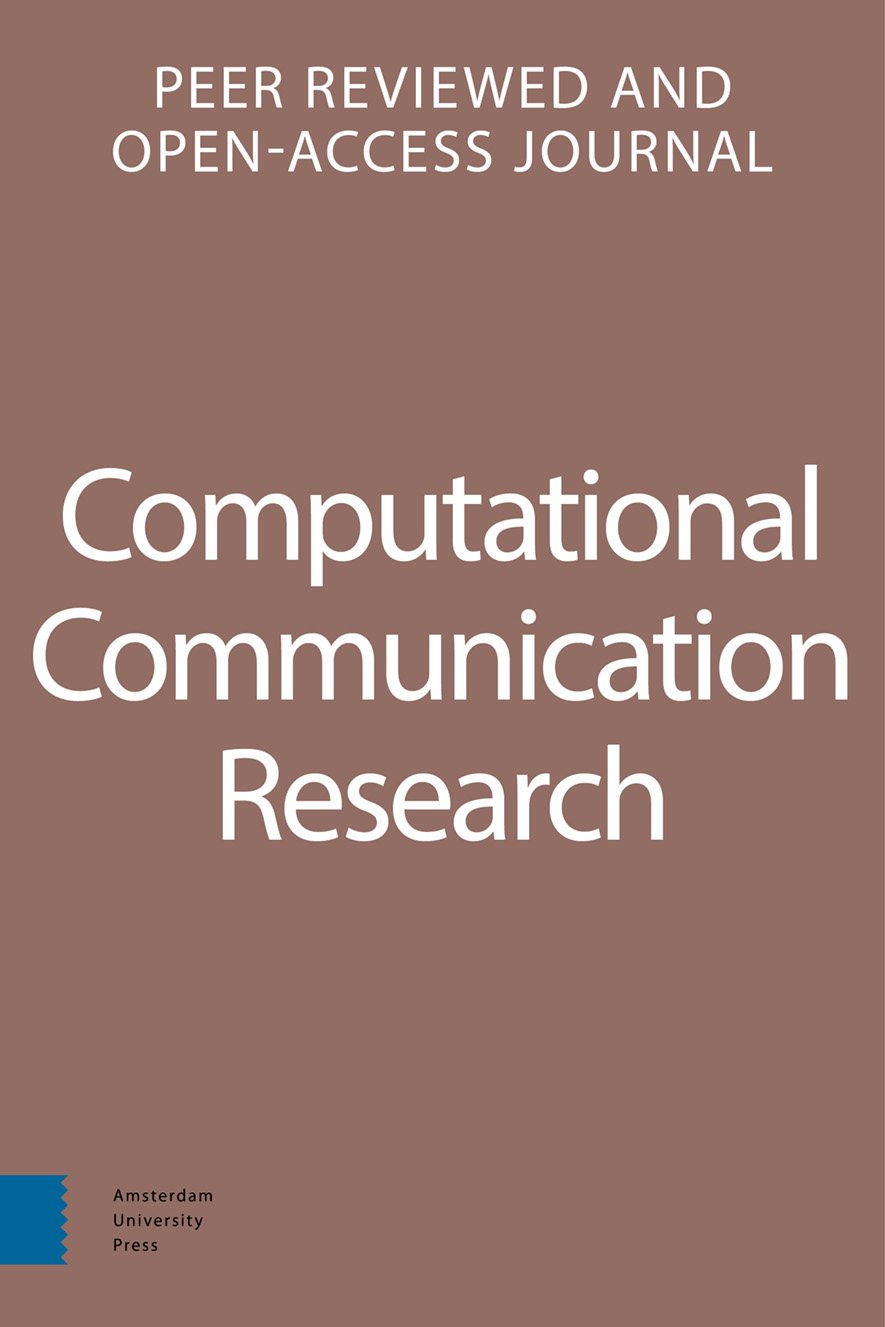-
OAA Roadmap for Computational Communication Research
- Amsterdam University Press
- Source: Computational Communication Research, Volume 1, Issue 1, okt. 2019, p. 1 - 11
-
- 01 okt. 2019
- Vorig Artikel
- Inhoudsopgave
- Volgend Artikel
Samenvatting
Computational Communication Research (CCR) is a new open access journal dedicated to publishing high quality computational research in communication science. This editorial introduction describes the role that we envision for the journal. First, we explain what computational communication science is and why a new journal is needed for this subfield. Then, we elaborate on the type of research this journal seeks to publish, and stress the need for transparent and reproducible science. The relation between theoretical development and computational analysis is discussed, and we argue for the value of null-findings and risky research in additive science. Subsequently, the (experimental) two-phase review process is described. In this process, after the first double-blind review phase, an editor can signal that they intend to publish the article conditional on satisfactory revisions. This starts the second review phase, in which authors and reviewers are no longer required to be anonymous and the authors are encouraged to publish a preprint to their article which will be linked as working paper from the journal. Finally, we introduce the four articles that, together with this Introduction, form the inaugural issue.


